Legume (Fabaceae)
Silverleaf Psoralea
Pediomelum argophyllum (Pursh) GrimesThis plant’s common name comes from the silvery appearance of its hairy leaves and stems. Its pea-like flowers are pollinated by insects, attracting bees and butterflies. Plants are perennial, breaking off in the fall and blowing around like tumbleweeds. They often form colonies by spreading via their underground rhizomes, can fix nitrogen, and help stabilize the soil. Roots are edible raw and cooked, and stems have been used to make baskets.
Flower Colour:
- Blue
Flowering Season:
- Summer
Flowering Months:
- August
- July
- June
Canadian Rarity Status:
Not rare. Listed as “sensitive” in Alberta.
Physical Appearance:
The one to several hairy, erect stems grow 30-60 cm tall, and have widely spreading branches. Alternate, hairy leaves are stalked, and palmately divided into 3-5 egg-shaped leaflets. Blue and white, stalk-less flowers are arranged into a spike of 1-5 dense clusters from upper leaf axils. Each one has five petals: one broad upper banner petal, two narrow wings, and two smaller fused petals (keel). Fruits are hairy, egg-shaped, single-seeded capsules.
Similar Species:
Breadroot (Pediomelum esculentum (Pursh) Rydb.), Lance-leaved Psoralea
Gardening Notes:
Seeds and/or plants may be available from greenhouses and seed supply companies specializing in native plants. It can be propagated by seed.
Canadian Distribution:
- Alberta
- Manitoba
- Saskatchewan
Prairie Types:
- Fescue Prairie
- Mixed Grass Prairie
- Tall Grass Prairie
Habitats:
- Parklands
- Prairies
- Sagebrush Steppes
- Valleys
Moisture Conditions:
- Dry
- Moderate
Light Preference:
- Full Sun
Soil Preference:
- Loam
- Sand






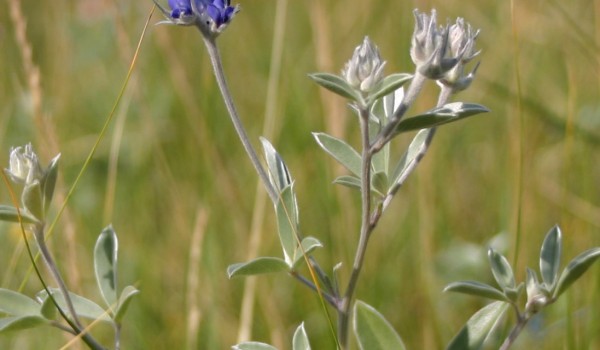
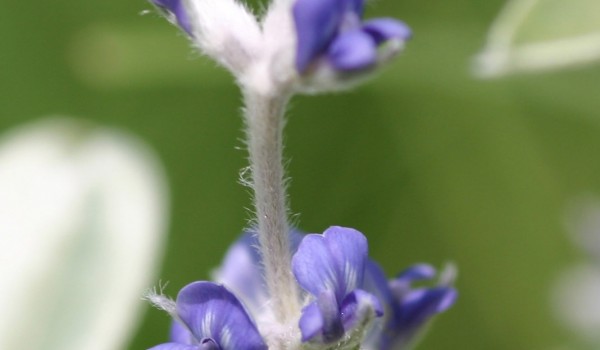
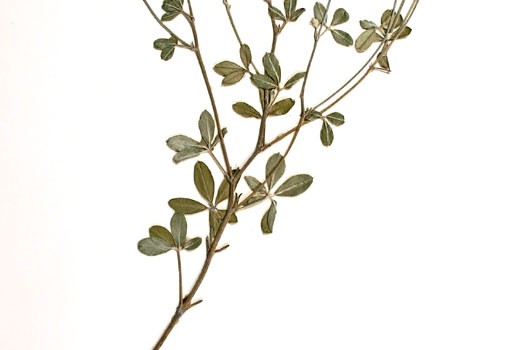
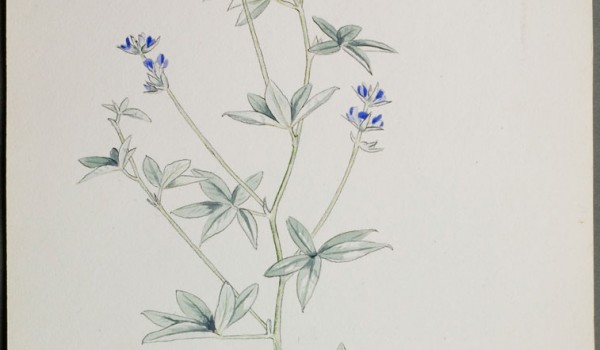
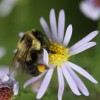 Bumble, Honey, and other Bees (
Bumble, Honey, and other Bees (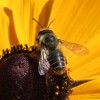 Leafcutter and Mason Bees (
Leafcutter and Mason Bees ( Skippers (
Skippers (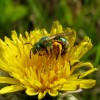 Sweat Bees, Halictid Bees and other Bees (
Sweat Bees, Halictid Bees and other Bees (